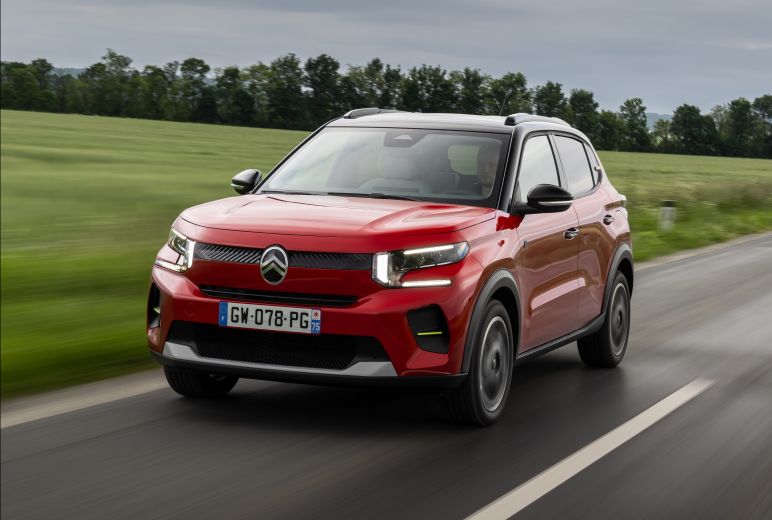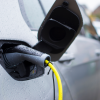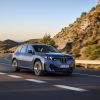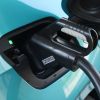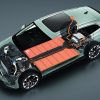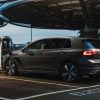While there certainly are expensive cars that are electric out there, a recent explosion of smaller, more affordable EVs onto the market has given buyers much more of an incentive to go green if they’re willing to downsize.
But being easy on the wallet is one thing - check out our cheapest electric cars list if that's all that matters. The best small electric cars are also surprisingly desirable, capable and can manage longer distances than ever on a charge.
They’ll also have plenty of technology and comfort features to prove cheap doesn’t have to mean basic.
Our list of the best small electric cars you can buy showcases the most popular models according to RAC Drive readers. From super compact models to slightly larger EVs able to swallow a small family, there’s something for everyone in our top 10 list.
Best small electric cars: the shortlist
- Renault 5
- Hyundai Inster
- BYD Dolphin
- Citroen e-C3
- Leapmotor T03
- MINI Cooper Electric
- MG 4
- Cupra Born
- Vauxhall Corsa Electric
- Fiat 500 Electric
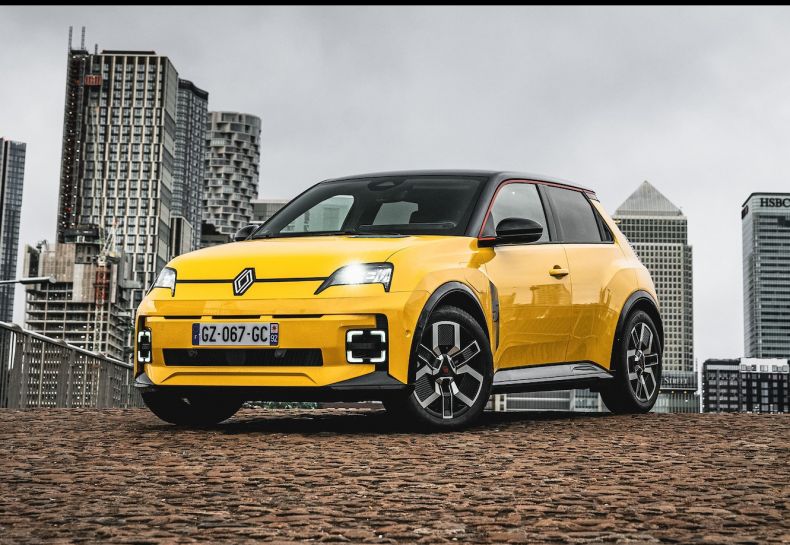
1. Renault 5
Price: From £22,995 Range: 193 – 253 miles (official)
Undoubtedly one of the star cars of 2025 regardless of price, the Renault 5 is the rebirth of a small hatchback icon. It’s a great electric car regardless of price, but at under £23,000 for the cheapest version it’s a seriously tempting bit of kit. A smart interior with Google tech, a comfortable ride, and an official range of up to 250 miles is the icing on the cake.

2. Hyundai Inster
Price: from £23,495 Range: 203-229 miles (official)
Hyundai’s smallest electric car to date has a lot going for it, not least head-turning looks and an impressive amount of space for its compact footprint. Measuring in at just 3.8m long it’s smaller than the Renault 5, yet it offers even more rear seat room – if only space for two. It’s feature-packed, too, and won’t break the bank.
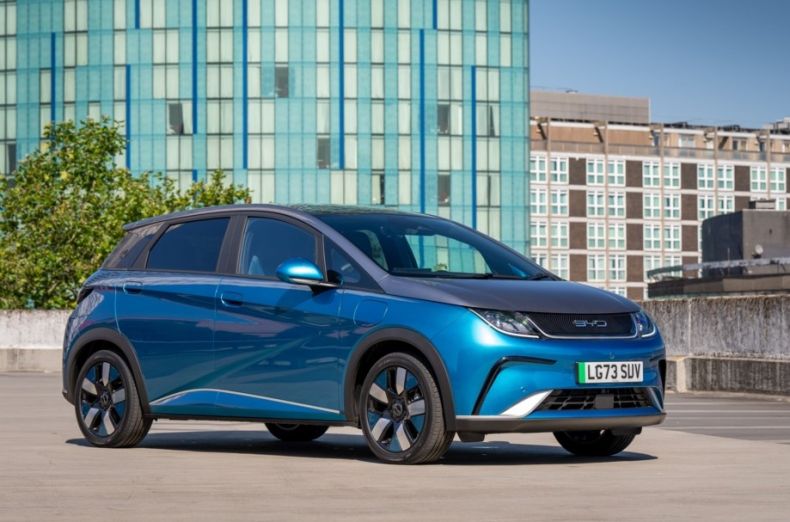
3. BYD Dolphin
Price: from £26,195 Range: 193-265 miles (official)
The BYD Dolphin is larger, more spacious and more luxurious inside than the truly compact cars in this list, and while it is a little more expensive it still looks like strong value. Factor in quirky details like an electrically rotating touchscreen and, while the Dolphin isn’t the most stylish or sharp to drive car here, it’s a strong contender.
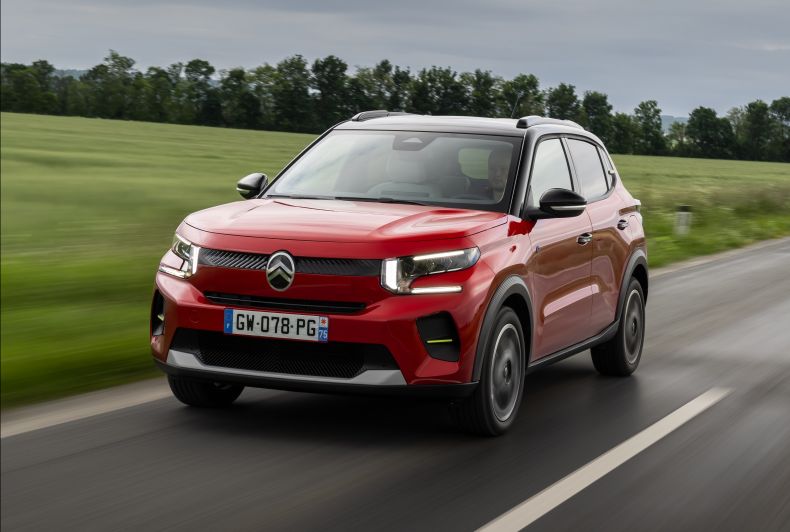
4. Citroen e-C3
Price: from £21,990 Range: 201 miles (official)
Citroen took a while to bring a proper small electric car to market, but the new e-C3 more than makes up for it. It’s the second cheapest car in this list but it doesn’t look or feel it inside or out, while it also offers plenty of space for its size and a decent driving experience. If you’re going to be late, it better be great.
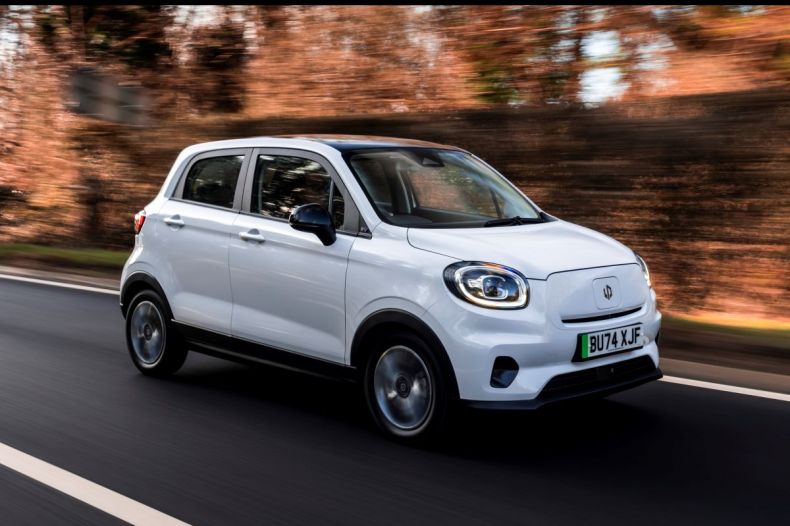
Get a service or repair at home
RAC Mobile Mechanics can come to you, saving you the hassle of going to a garage.
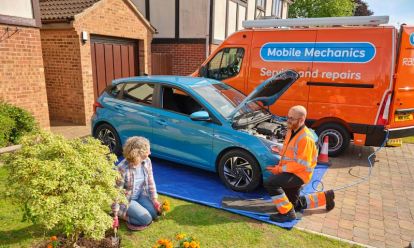

5. Leapmotor T03
Price: £15,995 Range: 165 miles (official)
Never heard of Leapmotor? It’s a Chinese electric car brand, but one with backing from the giant Stellantis group – owners of Peugeot, Vauxhall, Fiat and several others. The Leapmotor T03 might not look all that enticing at first glance but it’s exceptional value for money: a decent-to-drive electric city car with space for four adults and plenty of standard kit for a seriously tempting price.

6. MINI Cooper Electric
Price: from £26,895 Range: 190-250 miles (official)
The small car icon moves to a new generation, and this new MINI Cooper Electric brings a huge leap in range over the rather limiting old model. The makes it easier to recommend, while the fun and engaging driving experience remains intact. We also like the funky interior design, though the MINI isn’t exactly the most practical car here.

7. MG 4
Price: from £26,995 Range: 218-323 miles (official)
The MG brand is synonymous with value, and although it stretches the definition of ‘small’ in this list you can’t argue with the sheer amount of car for the money. But the MG 4 isn’t just a one-trick pony: it’s good to drive, comes with a long warranty and has a strong range between charges.
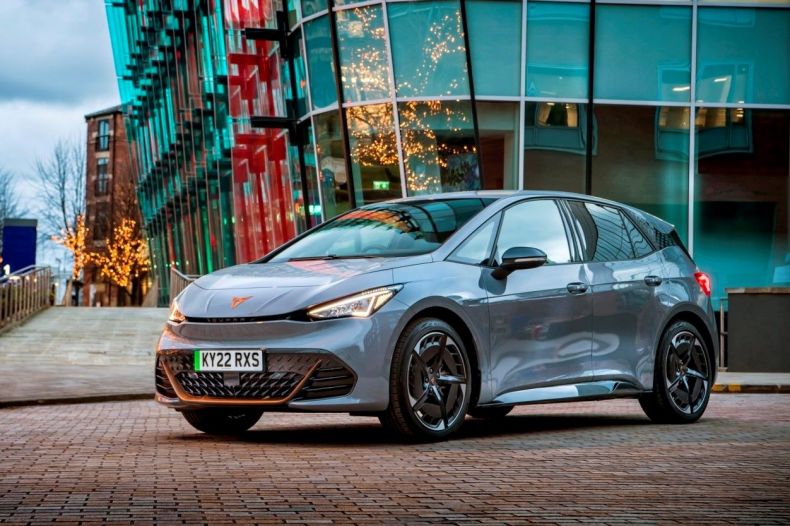
8. Cupra Born
Price: from £35,440 Range: 264-366 miles (official)
The Cupra Born is by some distance the most expensive car here, but you get what you pay for in this respect. A stylish exterior, high quality cabin, plenty of equipment and a strong balance of driver appeal and comfort mean it’s a good car, but the long range on a charge is the real selling point that makes this the most usable car in this list.
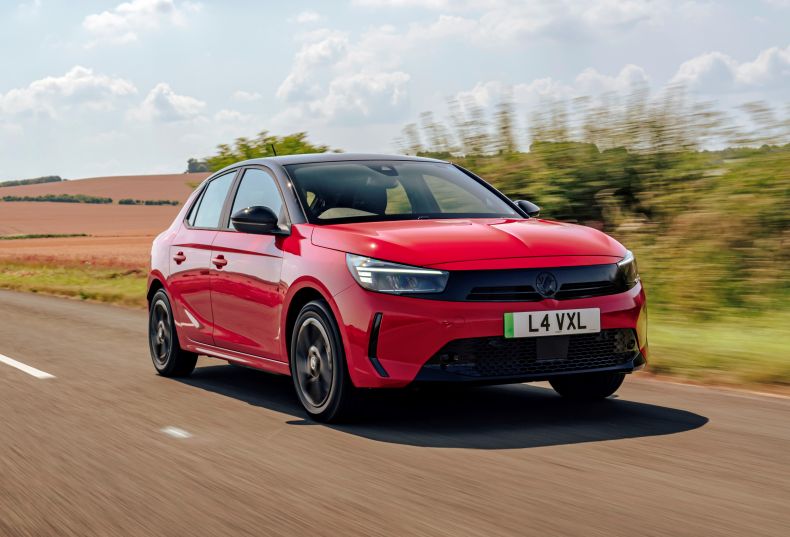
9. Vauxhall Corsa Electric
Price: from £26,895 Range: 221-248 miles (official)
The Corsa Electric has been around for several years now, so while it won’t exactly turn heads it’s a solid and sensible choice. Recent improvements have boosted range, performance and in-car tech, while it’s a good all-rounder on the road. It’s keenly priced, too, with tempting deals around.

10. Fiat 500e
Price: from £23,495 Range: 118-199 miles (official)
Like the MINI, the Fiat 500e plays off its retro roots brilliantly. It also shows up the outdated petrol version with a much more sophisticated driving experience, stronger performance and higher quality interior. Its only let down by a limited range and cramped rear seats, the latter meaning the 500 is best for two.
Best small electric cars FAQs
What is the best small electric car to buy?
RAC Drive readers reckon the Renault 5, Hyundai Inster and BYD Dolphin are among three of the best small electric cars on sale today, and we agree.
Is it worth buying a small electric car?
We reckon the latest small electric cars are an excellent buy thanks to their low running costs, surprising comfort, longer ranges and easy driving experience.
What is the cheapest electric car?
The cheapest electric car you can buy or lease right now is the Dacia Spring, which starts from just £14,995.

RAC sale – up to 33% off*
• Roadside cover from £5.29 a month†
• We get to most breakdowns in 60 mins or less
• Our patrols fix 4/5 breakdowns on the spot


